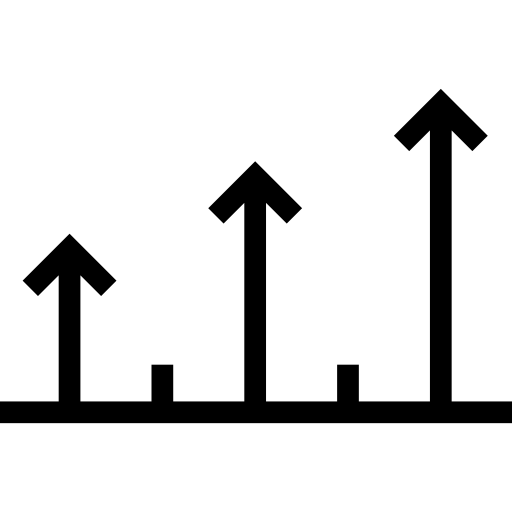
Starting date : Nov. 2018 > Oct. 2021
Lifetime: 36 months

Program in support : H2020

Status project : in progress

CEA-Leti's contact :
Benoît Denis
Bernard Strée

Project Coordinator: Fondazione Bruno Kessler (IT)
Partners: - AT: High Tech Marketing, T-Mobile Austria, Virtual Vehicle
- BE: IMEC
- CY: 8 Bells
- DE: BMW Group, Deutsche Telekom, NEC, Nokia, Qualcomm
- ES: Universitat Politecnica de Valencia
- FR: CEA-Leti
- GR: Wings
- IT: Autostrada del Brennero, Centro Ricerche Fiat, Consorzio Nazionale Interuniversitario per le Telecomunicazioni (CNIT), DriveSec, Infrastruttere WirelessItaliane, Libera Università di Bolzano, PIIU, Swarco, Telecom Italia
- NL: Cyberlens

Target market: n/a

Investment: € 18.5 m.
EC Contribution: € 14.9 m.

| Stakes
- Connected mobility can be envisaged in two ways.
Firstly, each vehicle estimates its own position/speed/acceleration, heading, etc. from raw GPS data, an inertial unit, an odometer/wheel speed counter, etc. It is assumed that the vehicle estimates error statistics characterizing the uncertainty associated with this information. Positional data and related error statistics are then transmitted via V2X (possibly over multiple hops) at regular intervals or in an event-driven way. The goal is to find the best compromise between:
- Transmitted data size/rate, data availability/latency, coverage/depth of cooperation (e.g. number of hops)
- Confidence in neighbors’ predicted trajectories.
More data and/or more frequent transmissions imply more accurate trajectory/intention predictions on the time horizon but also more transmission errors due to increased channel load.
Secondly, each vehicle elaborates and updates a local car-centric map of its physical environment, e.g. a Lidar-based occupancy map (with positions of not only neighboring vehicles, but also passive obstacles). Using V2X, the maps are shared so that each vehicle receives maps (possibly in a compressed form) from neighboring vehicles and/or from fixed infrastructural elements. Finally, each vehicle can merge the received information (using a state-of-the-art data fusion algorithm) to obtain a refined local map that goes beyond its immediate physical sensing capabilities (in terms of coverage), while increasing its resolution/reliability. As in the previous case, the quantity of exchanged data, their refreshment rate and the size of the covered zone impact on the quality of the map to be assessed.
CEA-Leti’s goal is to use its simulation tools (automotive traffic simulator and radio V2X simulator including realistic propagation models) to evaluate these two approaches in scenarios such as “changing lane” on a highway.
European mobility is changing in extraordinary ways: growing urbanization, environmental considerations and safety are just a few of the key indicators of current trends. Road infrastructures and vehicles are blending with the digital world, becoming always-connected, automated and intelligent, delivering optimum experiences to passengers, addressing societal goals (emission and accident reduction) and economic needs (vehicles as smart-living environments). In this respect, the European Union is pushing for large-scale collaborative cross-border validation activities involving cooperative, connected and automated mobility. 5G CARMEN addresses these challenges by harnessing the concept of “Mobility Corridors”. Key European industries, academics and innovative SMEs are committing to a world-wide impact by conducting extensive trials on a major corridor (measured by people/goods traffic volume) from Bologna to Munich, which embraces 600 km of roads connecting three European regions (Bavaria, Tirol and Trentino/South-Tyrol) across three countries. Vehicle maneuver negotiation (at various levels of automation), infotainment and emission control in sensitive areas are the cross-border use cases targeted by 5G-CARMEN managers to maximize the project’s commercial, societal and environmental impact. The project aim is to build a 5G-enabled corridor for conducting cross-border trials with a mixture of 5G micro- and macro-cells deployed for ubiquitous C-V2X connectivity. The 5G New Radio supports latency sensitive and/or bandwidth hungry services and applications. The project leverages a distributed mobile edge cloud from the vehicle itself to the centralized cloud. Multi-tenancy and neutral host concepts are implemented to deliver a final platform capable of enabling new business models. 5G-CARMEN uses C-V2X, complemented by LTE and C-ITS technologies, for targeting interoperability and harnessing a hybrid network.
IMPACT
Development of connected cars and autonomous driving is one of Europe principal ambitions. CEA-Leti’s wishes to contribute to its success by defining innovative cooperation schemes between vehicles and infrastructure via exchanges of information such as awareness data and/or vehicle environment maps.
|
|